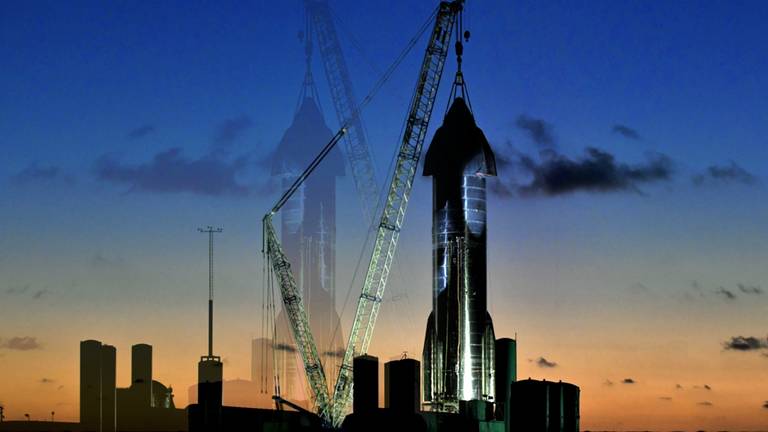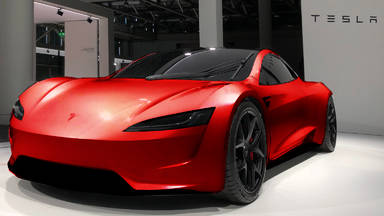
Today we are going to take a look at the moonlander design by SpaceX which NASA is currently funding, called Lunar Starship.
Spacex's lunar version of the Starship can be very confusing as the Starship's claim to fame is that it will be a stepping stone into human evolution as we become a space-faring civilization by having much easier and cheaper access to space, and by being quickly reusable, just like your everyday vehicles, airplanes, and other things that you will not throw in the trash after a trip.
Surprisingly, the first starships to land on the moon will not be equipped to return to earth to reuse. Spacex's official images of the design shows no heat shield for atmospheric re-entry and no wings to control descent for an earth landing.
While the other landers could bring you to the surface from lunar orbit with 5 or 10 tons of payload, Spacex with the customized version of spaceship could theoretically touch down with a hundred tons in it.
Elon Musk specifically said that in order to get the maximum payload to the moon per trip the overall spacecraft design would be drastically changed by removing the heat shield from the wing-like surfaces that Musk refers to as flaps, and the big gas thruster packs.
The prototypes so far had no real payload. It's a bit like testing an empty cargo plane and only filling it up with a small portion of the fuel, that it normally takes. When starships start carrying heavy payloads into space, including the lunar starships on their way to the moon, they need to be lifted by the tremendous thrust of a super heavy booster equipped with a thunderous platoon of rapture engines.
Regardless of the engine configuration, although the special version of the lunar starship does not return to earth for reuse, it is not discarded but will be reused for multiple ascents and descents on the moon. A specific plan that has been confirmed by Elon Musk is that the lunar starship, instead of being thrown away after serving as a lander, can remain in service on the moon as a seriously large habitat.
So far, NASA has awarded most of the funding to the Blue Origin national team for HLS (Human Landing System) studies, and as we have said, NASA probably sees it as the least risky choice where no one has ever launched an lander filled with propellant in space, and no body ever refilled a spacecraft in near-earth orbit, let alone with something like 12 tanker launches, which by some estimates are required to fully refill the lunar Starship.
Assuming spacex is perfecting its technology and working the next generation launch system infrastructure, including quickly reflyable boosters that push tankers into space to refill lunar starships, the only real downside to the Spacex concept is that a long elevator ride would be to some degree inefficient and the fact that the lander would be a single stage vehicle seems really futuristic, but less efficient than discarding spent stages, especially for the early Artemis missions.









